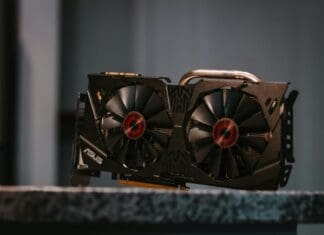This post is also available in:
 עברית (Hebrew)
עברית (Hebrew)
Millions of the agile and affordable quadcopters and other drones have already been sold in the United States. Anonymity is already not an option when possible threats include using drones to attack or surveil targets. However, drones in the US are covered by laws against computer hacking and wiretapping, complicating efforts to track users or take over their controls for security reasons. Changing laws protecting electronic communications could have civil liberties implications. Federal officials seeking to expand drone use around the United States have been advancing a pair of initiatives to deal with security challenges. Federal Aviation Administration (FAA) officials said they want all, or nearly all, drones to have the electronic equivalent of a tail number that would allow them to be identified from afar. Such a requirement, dubbed “remote identification,” could help public safety authorities differentiate between potential threats and benign flights and make enforcement easier if people break the law.
The officials are also seeking legal changes to give the Department of Homeland Security and the Justice Department powers to track, disrupt or bring down drones that pose security dangers.
While last year, the FAA couldn’t agree on which classes of drones should be subject to a remote ID requirement, at a recent joint government-drone industry conference in Baltimore the agency said that netting the societal benefits they see from sharply expanding drone use will only be possible if it is clear who is flying.
Acting FAA administrator Daniel K. Elwell said the intent is to establish the ID requirement “very quickly,” in an effort to minimize the risk that ignorance or ill intent could set back progress already being made to open up U.S. skies. The Trump administration has launched a drone integration pilot program to spur broad new uses of unmanned aircraft systems, or UAS, from product delivery to infrastructure inspection, reports washingtonpost.com.
Michael Kratsios, deputy assistant to the president at the White House Office of Science and Technology Policy, said the federal government has limited authority to detect and defeat drone-based threats. “The administration is working on a legislative proposal to enable certain agencies to use technology capable of detecting, and if necessary, mitigating UAS-based threats to certain sensitive facilities and assets,” Kratsios said, adding that officials will work with members of Congress, industry officials and others on the proposal in coming weeks and months. Kratsios indicated that the White House remains impatient about making regulatory changes to speed innovation in the globally-competitive drone industry.


























